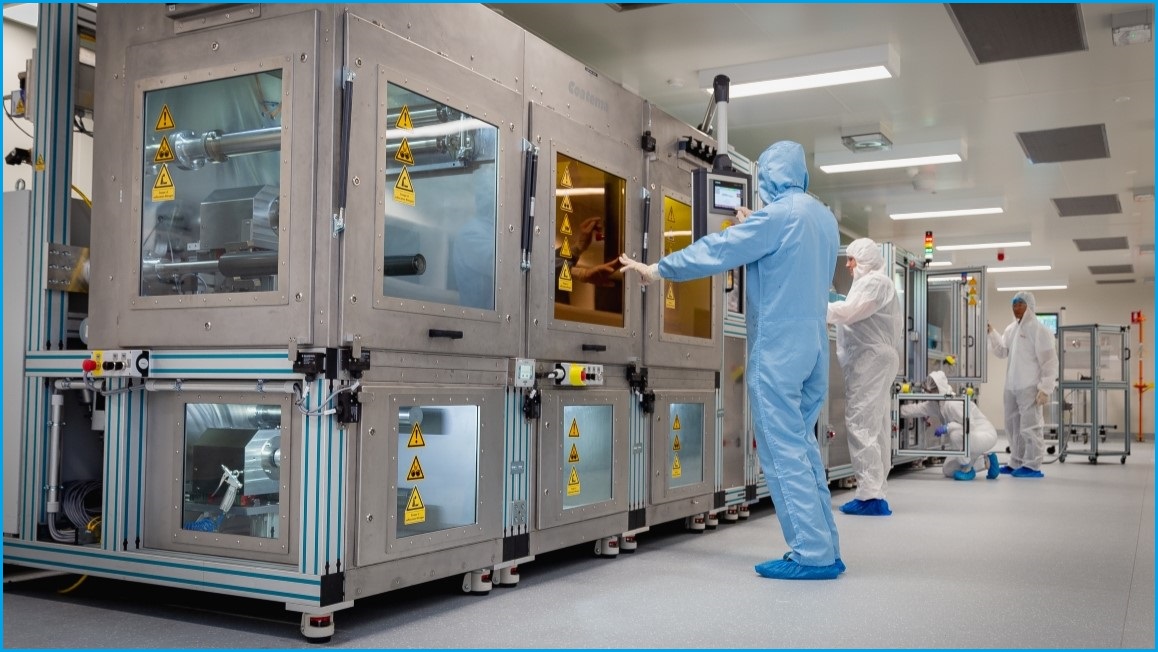Victoria’s state government will extend its Digital Jobs program and double down on artificial intelligence, committing $14 million to streamline licensing, and other approvals as the state fights to pivot forward in the face of a challenging economic climate and nationwide R&D slump.
AI is positioned in the newly delivered Budget papers as a way of streamlining compliance and the processing of state regulatory forms, with Treasurer Jaclyn Symes lauding the government’s “responsible decisions” that will, she said, return the state to surplus.
Among those decisions: trimming tech expenditure, with $125.2 million allocated overall for digital technology innovation “to improve whole of government service delivery and business processes” – a significant cut from $190.1 million during this fiscal year, and $144.8 million last year.
A new “regulatory digitisation and AI program”, allocated $11.1 million through 2028, will focus on “replacing paper-based or outdated digital processes, streamlining licensing and other approvals,” according to the 2025-26 Service Delivery plan included in the Budget papers.
Another $3 million pilot program, to be led by Bendigo Kangan Institute of TAFE and run in partnership with the Victorian TAFE Network, will evaluate AI’s use to “improve recognition of prior learning… [to] help skilled workers avoid unnecessary training and fast-track learning for students.”
Aiming to bolster the economic base of Victorian universities and TAFEs struggling after the government’s recent push to boost visa costs and slash overseas student numbers, the state will also fund new global partnerships “to deliver international and transnational education”.
It will also invest $1.1 million to boost business skills mentoring, and $4.3 million to extend the Digital Jobs program to offer training in digital skills that it called “critical for innovation and technology adoption in construction and advanced manufacturing”.
The investments reflect growing expectations that government bodies will invest in AI “confidently, safely and responsibly, and realise its benefits” and “embed a forward leaning, adaptive approach for government’s use of AI”, as recently implemented federal guidelines dictate.
“Even marginal efficiency gains from AI can yield significant fiscal benefits,” a recent OECD discussion paper notes, adding that “advances in AI offer new tools to boost efficiency in budgeting, public service delivery, and intergovernmental fiscal management.”
“This may translate into significant fiscal savings if applied to government operations,” the paper observed, advising governments to “facilitate the widespread diffusion and adoption of AI through investments in digital infrastructure, educational initiatives, and regulatory frameworks.”
But business groups aren’t celebrating
To increase efficiency, Victoria will spend $2.7 million on “priority assessment teams within key regulators” that will “chaperone” applications for high-value, high-complexity projects through assessment processes – part of a plan to slash compliance costs by $500 million by 2030.
The budget also allocates funds for initiatives such as facilitating trade and investment in Victoria’s defence-oriented supply chain, supporting research into mRNA technology and manufacturing feasibility, and halving the number of business regulators by 2030.

These sit alongside $240 million of broader investment including the $150 million Victorian Investment Fund, $50 million to support jobs and investment in regional Victoria, and $35 million to support Victorian companies build export markets – “something to celebrate,” Symes said.
Yet despite its targeted investments, business groups were cool to a budget that industry group AiGroup, for one, called “inadequate” and tailored more for the state’s 2026 election than for any meaningful change.
The budget “provides little for business and offers few additional benefits to encourage and support Victorian businesses,” Victorian AiGroup head Tim Piper said in noting that “there is nothing to ease the burden on business in the most regulated state in the nation.”
By streamlining administration of existing regulations rather than slashing them to meet the needs of state businesses, Piper said, “this is a budget that will not shift the dial on attracting investment, growing the private sector, or developing the workforce that will be vital to future prosperity.”
Concerns R&D is still way off track
AIGroup’s comments come amidst growing concern that Australia’s government and businesses are floundering when it comes to skills development and capitalising upon innovation in scientific research, leaving the country exposed as rivals’ aggressive investments in areas like AI pay off.
A recent discussion paper, issued by a government-appointed industry panel that is reviewing “siloed” national R&D support, warned that Australia is “virtually giving world-class science away for free” and said that a “largely indifferent” business community is setting the country up to fail.
“We need to be harnessing technological advancement and innovation, like AI,” newly appointed Minister for Industry and Innovation, and Minister for Science, federal Treasurer Tim Ayres said in his recent maiden speech after he took over from longtime industry advocate Ed Husic.
Public R&D investment “is not a magic bullet,” he said despite noting that “I understand many people… see a path to economic resilience and diversification in lifting public investment in R&D.”
“All of us, public and private, State and Commonwealth, research institutions and civil society, the physical sciences and the social sciences, must lift together and pull our weight…. To build the capacity of Australia to meet the historical moment and build a secure, sustainable future.”










